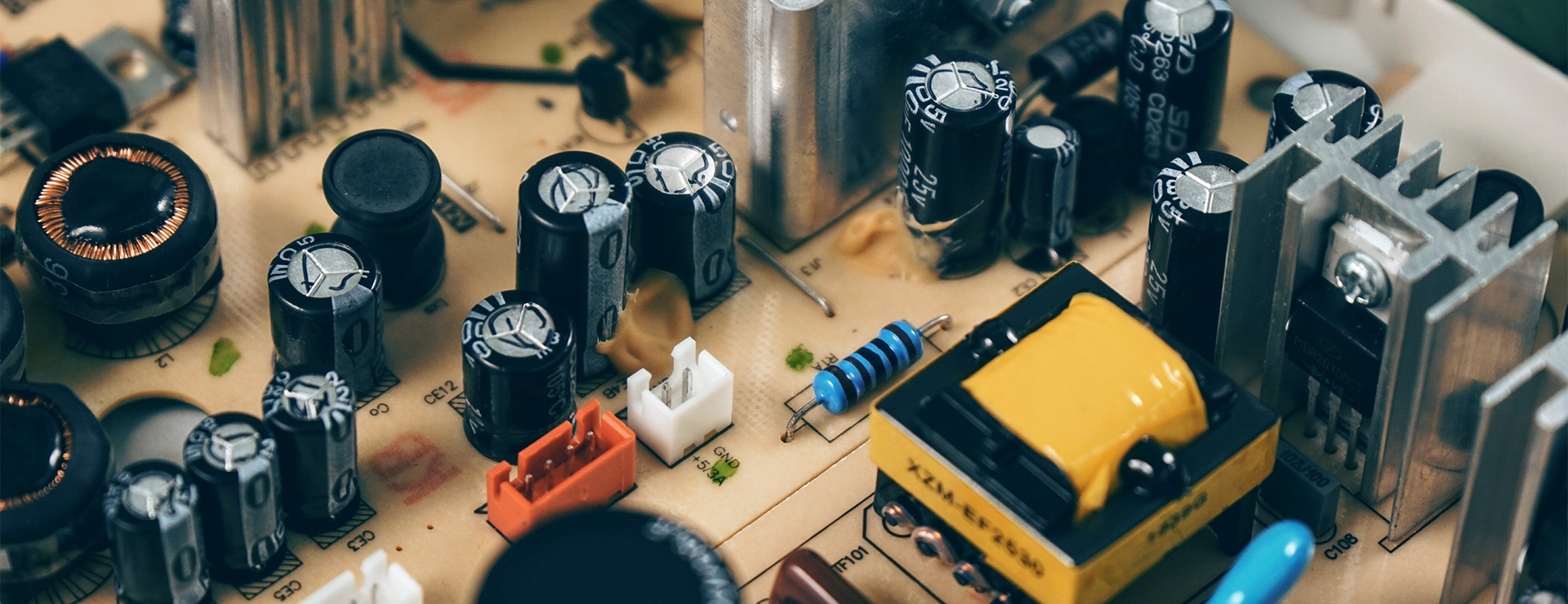In recent years, the cannabis industry has witnessed significant growth and legalization across various regions. However, the journey towards equity and inclusivity within this booming sector is far from smooth, particularly for social equity founders. These entrepreneurs face a myriad of challenges that hinder their ability to thrive in the cannabis business. In this opinion piece, we will explore the five most pressing issues confronted by cannabis social equity founders and provide practical recommendations for addressing these challenges.
Limited Access to Capital:
Securing funding remains a significant challenge for social equity founders. The federal prohibition of marijuana limits access to traditional financial tools, leading many banks and investors to hesitate due to the industry's cash-heavy nature. This financial hurdle is particularly daunting, as access to capital is crucial for turning a business plan into a profitable venture.
The evolving landscape, however, presents a glimmer of hope. Specialized financial institutions, ancillary services, and grant programs are emerging, specifically catering to cannabis businesses. Many of these entities prioritize or are eager to collaborate with social equity founders. Despite the evolving financial landscape, navigating these opportunities requires careful consideration and legal expertise.
Collaborating with a cannabis-savvy attorney can prove instrumental in identifying viable funding sources aligned with a social equity founder's background and business goals. While it may seem counterintuitive to invest in legal services when capital is scarce, a knowledgeable attorney can open doors to fruitful funding avenues, ensuring a solid financial foundation for the business.

Regulatory Hurdles:
Navigating the complex web of regulations surrounding cannabis is a daunting task for any entrepreneur, but it poses an even greater challenge for social equity founders. Compliance requirements, licensing processes, and ongoing regulatory changes can be overwhelming and create barriers for entry into the market.
Recommendation: Governments should streamline and simplify the regulatory framework for social equity applicants. Clear guidelines, accessible information, and support programs can empower social equity founders to comply with regulations and operate within legal boundaries.
Limited Industry Knowledge and Networks:
Many social equity founders lack the industry knowledge and networks necessary to succeed in the competitive cannabis market. Established players often have a significant advantage in terms of experience, connections, and resources, leaving social equity entrepreneurs at a disadvantage.
Recommendation: Industry mentorship programs, educational initiatives, and networking events specifically tailored for social equity founders can bridge the knowledge gap. Collaboration between established industry players and social equity entrepreneurs can facilitate skill development and create opportunities for mutually beneficial partnerships.
Discrimination and Stigma:
Social equity founders frequently face discrimination and stigma rooted in historical biases against cannabis. This can manifest in various forms, including difficulties in securing leases, challenges in building community relationships, and negative public perception.
Recommendation: Public awareness campaigns and educational programs should be implemented to challenge stereotypes and dispel myths surrounding cannabis. Local governments and community leaders should actively promote inclusivity and address discriminatory practices that hinder the growth of social equity businesses.
Limited Market Access:
Despite the growing legalization of cannabis, social equity founders often struggle to access mainstream markets. This can be attributed to a variety of factors, including zoning restrictions, limited retail licenses, and competition from well-established businesses.
Recommendation: Governments should implement policies that prioritize social equity applicants in the distribution of licenses. Zoning regulations should be reevaluated to ensure fair market access for social equity businesses, and initiatives promoting inclusivity in the cannabis industry should be actively supported.

Taxes: Navigating the Fiscal Maze
Cannabis businesses grapple with notorious tax issues, further complicated by federal prohibition. Section 280E of the federal tax code serves as a significant impediment, restricting deductions available to mainstream businesses. The unique challenges of state and local excise taxes add another layer of complexity, often favoring large enterprises over small to medium-sized businesses.
A prime example is Colorado, where a coalition of cannabis businesses in 2022 sought a tax holiday to alleviate the burden they perceived as detrimental to smaller operators and new entrants, including social equity operators. The state's regulatory structure can create disparities in tax burdens, particularly impacting smaller, horizontally integrated businesses.
The coalition's open letter to the Colorado Marijuana Enforcement Division highlighted the challenges faced by cultivators, emphasizing the need for fair taxation practices. Smaller businesses, already financially disadvantaged, face challenges in negotiating contract prices that align with market realities. This not only results in less revenue per pound but also places a disproportionate tax burden on these businesses.
Recommendation: Navigating this complex fiscal landscape requires not only compliance with existing tax codes but also advocacy for fair taxation practices. Social equity founders should actively engage with industry associations and regulatory bodies to address taxation issues and ensure a level playing field.
Long-term Resources: Building Sustainable Foundations
Starting a cannabis business involves more than short-term success; it requires meticulous planning to build sustainable foundations. Social equity founders, despite receiving priority for coveted licenses in certain states, face unique challenges that necessitate long-term strategic planning.
Connecting with long-term resources in the earliest days of launching a marijuana business becomes crucial. Many states offer special resources for social equity founders, including accelerators, advisory groups, and grant programs designed to bridge capital and investment gaps. Conferences dedicated to social equity leadership in cannabis or broader industry events with specialized panels provide opportunities to connect with expertise and tools essential for long-term success.
While social equity founders may receive initial advantages, strategic planning is essential to prevent missteps that could lead to lost revenue, human resources, or even the loss of a business license. The competitive nature of the industry means that there is always someone waiting to capitalize on the failure of social equity founders.
Recommendation: Social equity founders should look beyond immediate challenges and focus on building long-term relationships and resources. This includes actively participating in industry events, seeking mentorship, and staying informed about evolving market dynamics.
Conclusion:
Empowering cannabis social equity entrepreneurs demands a comprehensive understanding of the challenges they face. By delving into the complexities of capital acquisition, networking, contracts, taxes, and long-term resources, social equity founders can not only navigate these challenges but also contribute meaningfully to the industry's diversity and success.
In an industry characterized by rapid changes and evolving regulations, social equity founders must remain proactive in seeking legal guidance, engaging with industry networks, and advocating for fair practices. The cannabis industry, despite its challenges, offers a close-knit community full of potential allies and partners, providing ongoing support as social equity entrepreneurs navigate this complex and fast-changing space.
As social equity founders strive for success, they play a crucial role in shaping the future of the cannabis industry, fostering an environment of inclusivity, diversity, and sustainable growth. Through strategic planning, collaboration, and a commitment to long-term success, social equity entrepreneurs can overcome hurdles and leave an indelible mark on the burgeoning cannabis landscape.




